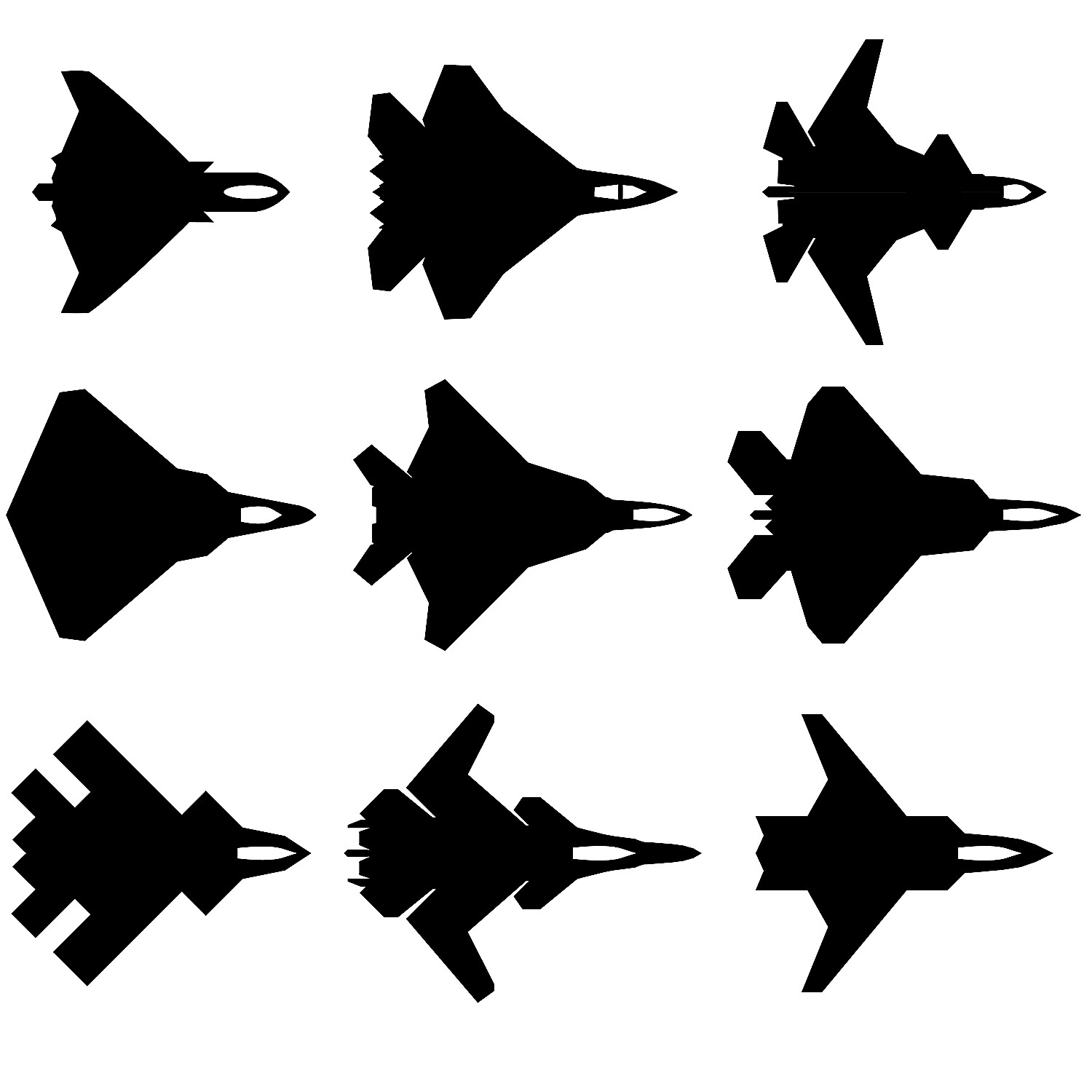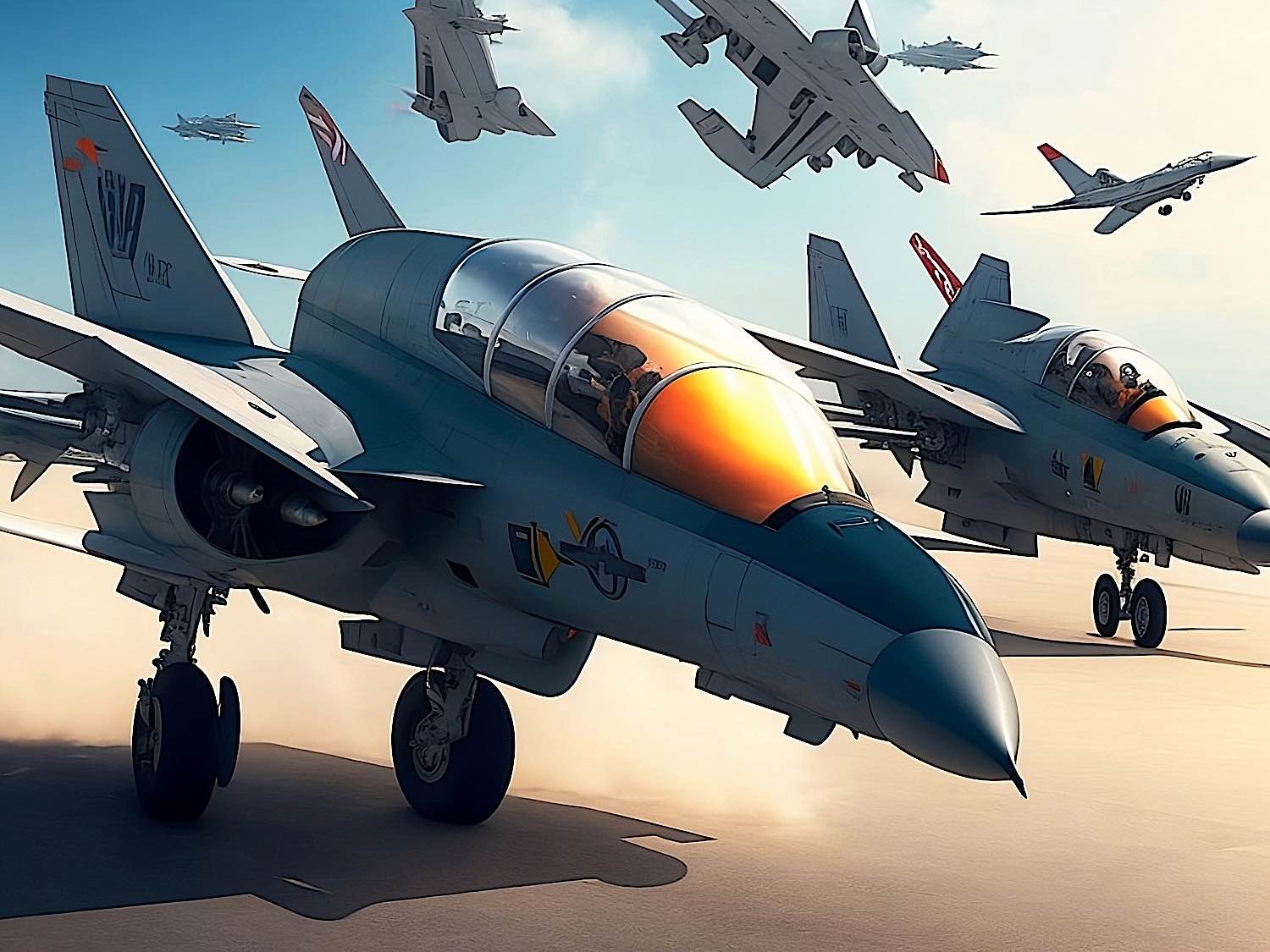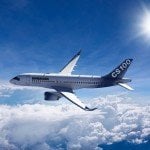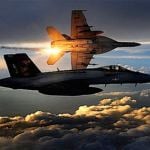In a decisive move, the United States Air Force (USAF) has charted a new course in its approach to defense technology. Air Force Secretary Frank Kendall recently announced a dramatic shift in the Next-Generation Air Dominance (NGAD) program[1]. This strategic move is set to not only alter the trajectory of the NGAD program, but it also promises to impact the future of the aerospace and defense industry as a whole.
During a key meeting in Washington D.C., Kendall firmly stated, “We’re not going to do two NGADs. We’re only going to do one.”
This announcement has seismic implications, as it signifies a consolidation of the years of work, including research, development, and prototyping by multiple companies, into a single streamlined design[2]. Giants of the industry such as Lockheed-Martin, Boeing, and Northrop Grumman have been vying for this opportunity, with support expected to come from leading jet engine manufacturers like Pratt & Whitney and General Electric.

Pressing Need to Retire the F-22A
The inception of the NGAD program was driven by a pressing need to retire the USAF’s F-22A Raptor stealth fighters by the 2030s. While these Raptors, with their exceptional agility and stealth capabilities, have proven their worth in combat scenarios, they present a significant challenge in terms of maintenance and upgrading. The small fleet size of the F-22, coupled with its dependence on non-open architecture systems and high-maintenance radar absorbent materials technology, has driven up costs.
These hurdles underscore the ambitious goals of the NGAD program: to deliver a jet with improved sensors and communication links over the F-22, and increased agility compared to the F-35. Moreover, it seeks to create an aircraft design that benefits from the lessons learned from past programs, particularly those relating to cost and technological evolution.
Fierce Competition for Designs
The USAF recently initiated the formal solicitation for NGAD designs, opening up fierce competition among industry leaders. With the selection of the winning design scheduled for 2024, the air of anticipation is palpable. There’s a prevailing notion that the USAF aims to acquire approximately 250 of these advanced fighters, an objective that presents formidable financial and technological challenges. This figure is even more daunting when considering the projected cost of hundreds of millions of dollars for each NGAD unit.
Projected: $16 Billion over 5 Years for Research, Testing and Evaluation
The commitment to the NGAD program is substantial, with the Air Force projecting an investment of $16 billion over the next five years solely for research, development, testing, and evaluation. The ambitious goal is to manifest a future warplane with significantly lower operating costs than the F-22 and potentially the F-35[3]. This signals a considerable shift towards cost-efficiency and sustainability in defense acquisition strategies.
Secretary Kendall has emphasized the strategic intent of the Pentagon to avoid centralizing the ownership of the technical baseline in a single manufacturer. The impact of this approach has been felt through the USAF’s experience with the F-35, which resulted in protracted intellectual property disputes with the manufacturer, Lockheed. To avoid a repetition of this scenario, the NGAD program intends to ensure that the government retains the intellectual property rights for multiple aircraft systems from the very beginning.

Two “Air Dominance” Programs
In an intriguing twist, two separate “Next Generation Air Dominance” programs are in existence, each bearing the same name. One program is led by the U.S. Navy, aiming to replace the FA-18E/F Super Hornet carrier-based fighters. The USAF’s program is geared more towards air-to-air combat in the vein of the F-22, but with added ground attack capabilities. These parallel initiatives underscore the complexity and multifaceted nature of maintaining air dominance in the evolving global military technology landscape.
Kendall has a unique history with the NGAD initiative, dating back to his time as the undersecretary of defense for acquisition, technology, and logistics in the Obama administration. During his tenure, Kendall instigated the Aerospace Innovation Initiative, designed to develop sixth-generation technologies for future air dominance. This initiative has laid the groundwork for the current NGAD program, illustrating the continuity of strategic planning at the highest levels of defense decision-making.
During Kendall’s tenure, he initiated the Aerospace Innovation Initiative, designed to push the boundaries of technological innovation to achieve future air dominance. This pioneering project birthed the groundwork that would eventually give rise to the current NGAD program. This reflects the continuity of strategic planning and the long-term vision that governs the highest levels of defense decision-making.
A Milestone in the Evolution of Aviation Technology
This strategic initiative paved the way for a 2015 contract that resulted in the production of experimental prototypes and the verification of new technologies. The prototypes crafted during this era have laid the foundational groundwork for the modern NGAD initiative, marking a milestone in the continual evolution of aviation technology. The persistent development in areas like model-based system engineering and digitalization has allowed the integration of design teams between the government and contractors to advance at a more effective and efficient pace.
What differentiates the NGAD program’s management style is its inclusive and cooperative approach. Both government officials and contractors work within a common design environment, resulting in an intimate understanding of each competitor’s efforts. In a departure from previous practices, the Air Force has ensured the embedding of its teams within each competing company. This offers a unique perspective, an internal view that informs and influences decision-making processes.
This cooperative approach isn’t only beneficial for fostering understanding and promoting competitiveness; it is also designed to avoid previous pitfalls. Kendall alluded to the “serious mistake” made with the F-35, where the ownership of the technical baseline of the aircraft fell into the hands of one company, leading to a monopoly on future modifications, upgrades, and sustainment. This time, the USAF is determined to maintain ownership of the intellectual property needed, ensuring that modular designs and open systems are part of the NGAD’s DNA from inception.
As Kendall emphasized, the government is set to maintain a much tighter rein on the future direction of the NGAD program than with the F-35. It appears lessons have been learned from past experiences. Notably, the NGAD project will remain under the oversight of Brig. Gen. Dale White, the program executive officer for fighters and advanced aircraft, instead of being transitioned to the Rapid Capabilities Office, which successfully managed the B-21.
Most Details Secret
While much of the specific details of the NGAD program remain under wraps, what is clear is the vital role this program plays in the broader USAF modernization strategy. Secretary Kendall has asserted that modernization, despite being neglected in the past, should be prioritized over force structure. This perspective stems from a growing awareness of the need for the USAF to respond to the advancing capabilities of other global powers, notably China.
While the exact size of the future NGAD fleet is yet to be determined, with estimates varying between a notional figure of 200 and a more likely 250, Kendall seems less concerned with these specifics than with the broader goal of modernization. He recognizes the need for the USAF to take a proactive stance in developing systems that not only keep pace with potential threats but also contribute to deterrence.
Investment in Modernization Embraces Risk
This bold approach involves embracing risk, both in terms of the force structure and the significant investment in modernization. However, Kendall considers this a necessary gamble to ensure the USAF can respond swiftly and effectively to evolving threats. As he stated, “we have not responded as quickly as we should have.”
The NGAD program is a central component of this proactive strategy, its significance reflected in the capabilities laid out in the recent May 18 announcement. The proposed NGAD platform will feature enhanced lethality, persistence, interoperability, and adaptability within highly-contested operational environments. These attributes are not merely desirable; they are seen as fundamental to maintaining air dominance in the challenging landscape of the future.
Thus, the NGAD program represents the synthesis of hard-earned lessons from past programs, a clear strategic vision, and an acceptance of the need for risk in pursuing necessary modernization. The path ahead is marked by both challenges and opportunities. As the decision-making process continues to unfold, the trajectory of USAF’s future air dominance will become clearer. One thing is certain: the outcome will significantly shape the capabilities and strategies of the USAF for decades to come.
Notes and Sources
[1] – https://www.airandspaceforces.com/kendall-air-force-ngad-design/
[2] – https://interestingengineering.com/innovation/usaf-ngad-6th-generation-fighter
[3] – https://www.youtube.com/watch?v=lMr7thd7qh0&t=10s

































